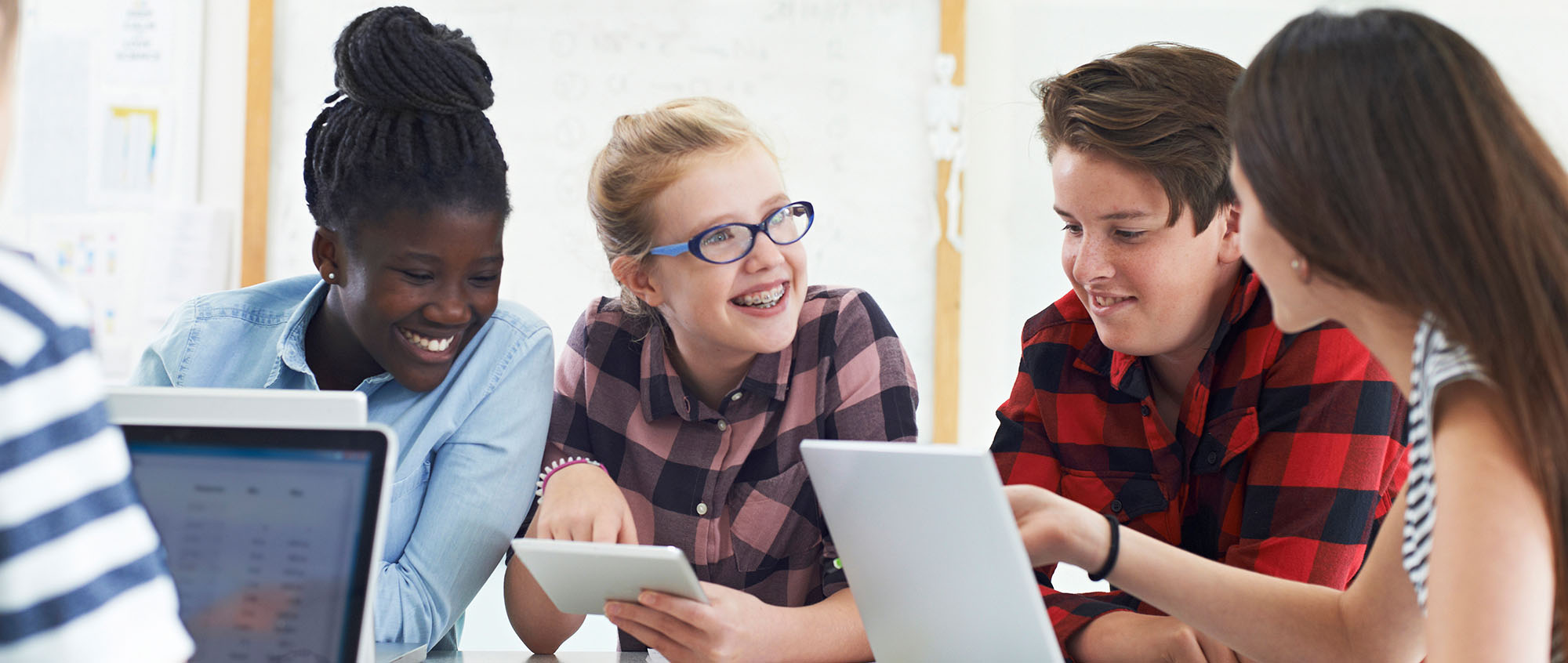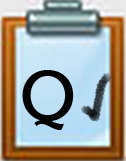Q1 Life Online Introduction
Introduction
In this Quest, you will review research about how often teenagers text and use social media, and conduct a survey. You will look at your patterns and those of your friends and determine the positives and negatives of easy access to information and social networking ("Social Media Use"). You will also learn about Chatbots and how they fit into life online ("AI Chatbots" and "AI Chatbots & Friendship")
I Can Statement
- explain social networking
- understand what a chatbot is and why they are designed to sound like people
- consider the potential impacts of AI chatbots
Competencies & Standards
MITECS Michigan Integrated Technology Competencies for Students, and
1. Empowered Learner
a. Articulate and set personal learning goals when appropriate and to make choices on how to meet them, develop strategies using technology to achieve them and reflect on the learning process.
d. Understand the fundamental concepts (basics) of technology operations, demonstrate the ability to choose, use and troubleshoot current technologies and are able to transfer their knowledge to explore emerging technologies
2. Digital Citizen
a. Cultivate and manage their digital identity and reputation and are aware of the permanence of their actions in the digital world
b. Engage in positive, safe, legal and ethical behavior when using technology
c. Manage their personal data to maintain digital privacy and security
Websites and Documents
Websites
Videos from Outside Sources
- Social Media Social Life: Teens Reveal Their Experiences YouTube (3:17)
- What are AI Chatbots? YouTube (3:22)
21t4s Videos
21t4s Documents & Quizzes
- 14.Q1-Step 1 Page Social Media & Teens and Tweens
- 14.Q1-Step 2 Page Chatbots: Who's Behind the Screen Handout
- 14.Q1-Step 2 Page- AI Chatbots, Who's Behind the Screen? Slides
- 14.Q1-Step 3 Page Am AI Your Friend? Grades 6-12 - AI Literacy Handout
- 14.Q1-Step 3 AI Chatbots & Friendship - Lesson Slides Commonsense Media
- Vocabulary Quizlet




